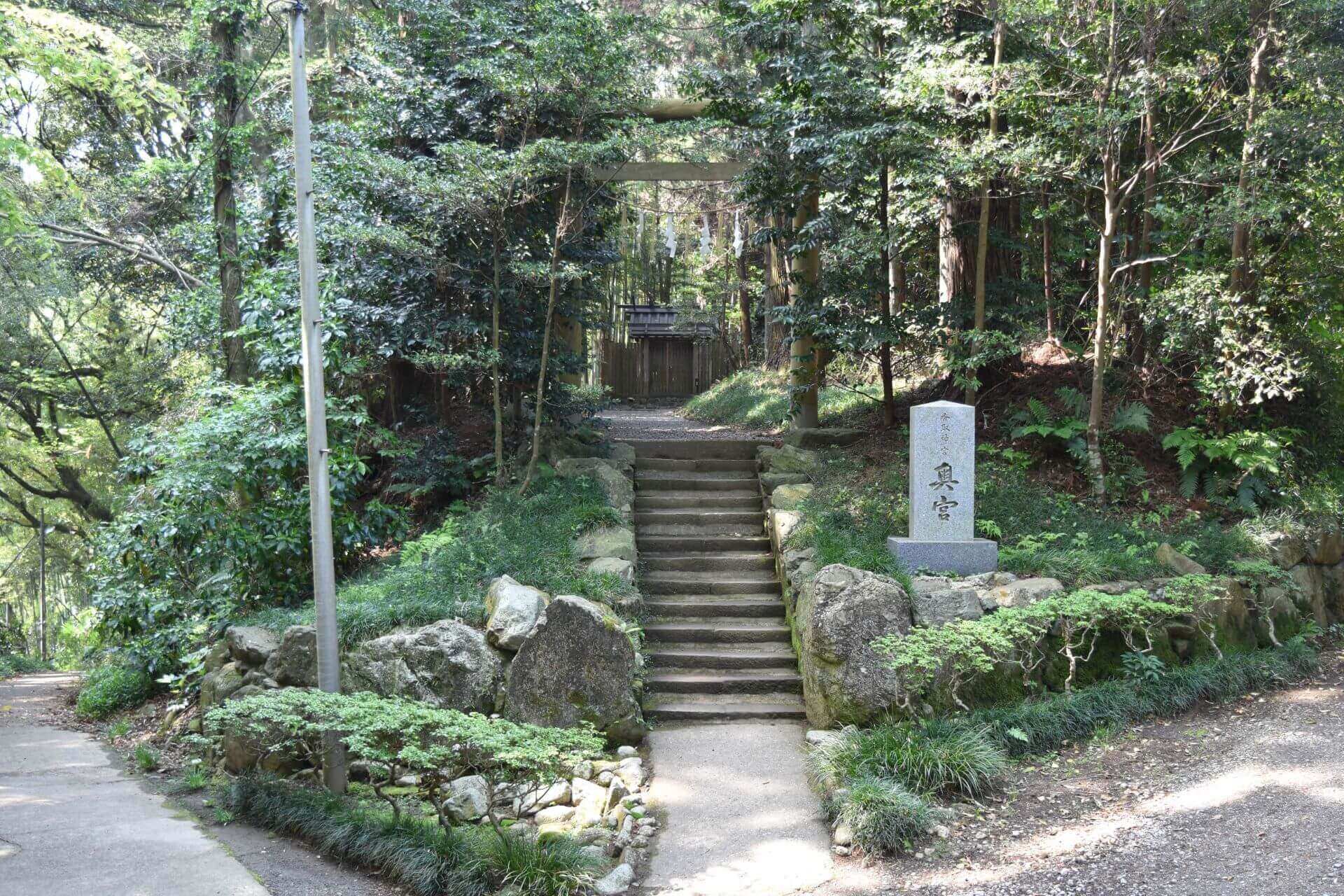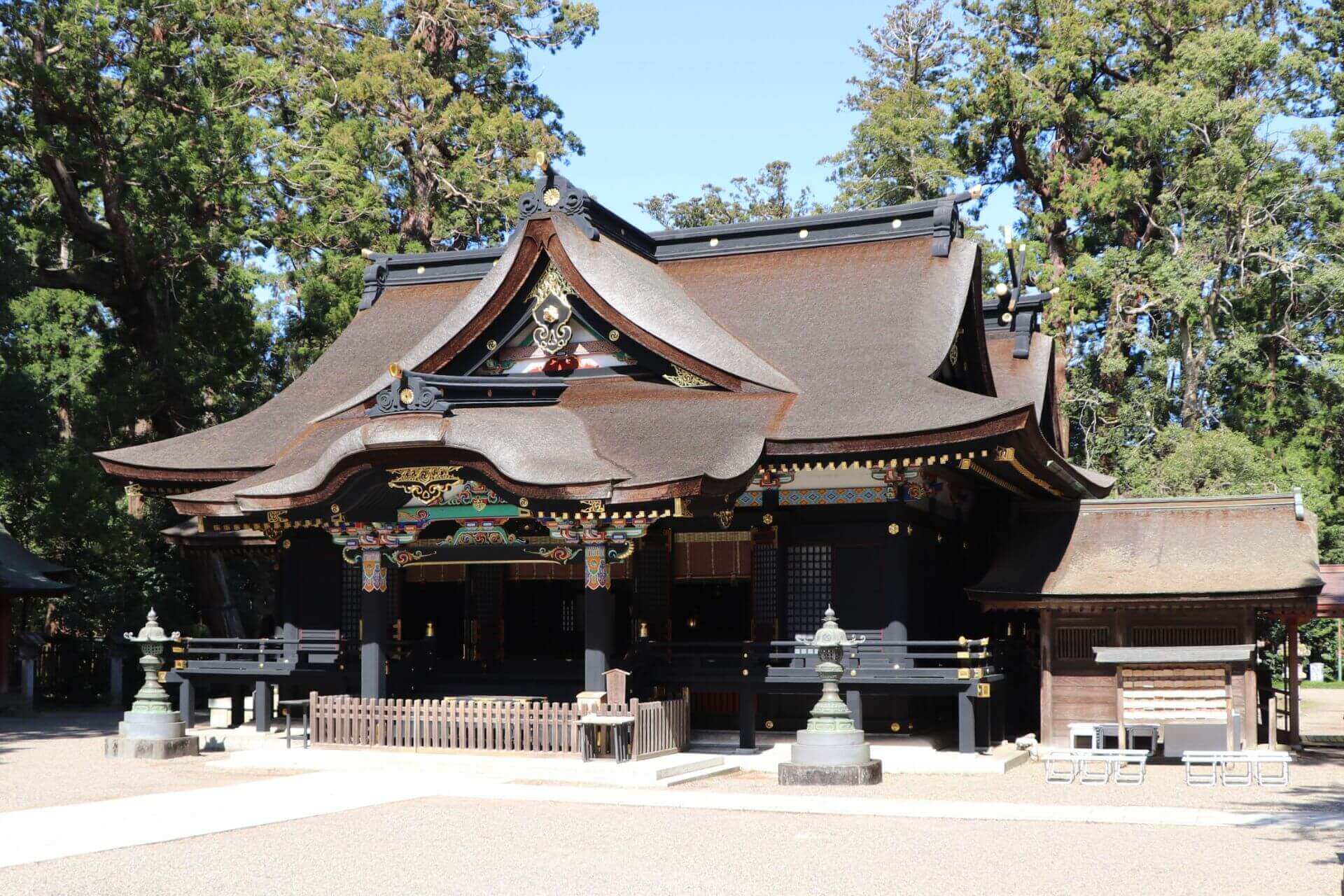Katori Shrine: A Journey Through History And Significance
Share

Nestled in the heart of Chiba Prefecture, Japan, Katori Shrine stands as a testament to the rich cultural heritage and spiritual significance of the region. This ancient shrine, dedicated to Futsunushi no Mikoto, the deity of military affairs, has been a site of worship and pilgrimage for centuries. In this article, we will explore the history, significance, and the unique experiences that Katori Shrine offers to visitors.
The Historical Background of Katori Shrine

Katori Shrine's origins trace back to the early 1700s, making it one of the oldest shrines in Japan. The shrine is believed to have been established during the reign of Emperor Jimmu, the legendary first emperor of Japan. Over the years, it has undergone numerous renovations and expansions, reflecting the architectural styles of different periods.
The shrine's historical significance is intertwined with the samurai culture of Japan. It served as a place of worship for warriors seeking divine protection and guidance in battle. Many notable figures, including the famous warlord Takeda Shingen, have paid homage at Katori Shrine, solidifying its status as a sacred site for military leaders.
Architectural Marvels of Katori Shrine

The architecture of Katori Shrine is a remarkable blend of traditional Japanese design and natural beauty. The shrine complex is surrounded by lush forests, providing a serene atmosphere for visitors. The main hall, or Honden, showcases intricate carvings and vibrant colors, typical of the Edo period style.
As you walk through the shrine grounds, you'll encounter various structures, including the torii gates, which symbolize the transition from the mundane to the sacred. The peaceful ambiance, combined with the stunning architecture, makes Katori Shrine a perfect spot for reflection and spiritual rejuvenation.
The Spiritual Significance of Katori Shrine
Katori Shrine is not just a historical site; it holds profound spiritual significance for many. Pilgrims and visitors come to seek blessings, guidance, and protection from the deity Futsunushi no Mikoto. The shrine is particularly popular among those involved in martial arts, as it is believed to enhance one's skills and provide strength in challenging situations.
The annual festivals held at Katori Shrine attract thousands of visitors. These events feature traditional music, dance, and rituals that celebrate the shrine's rich heritage. Participating in these festivals offers a unique glimpse into Japanese culture and spirituality.
Best Time to Visit Katori Shrine
When planning your visit to Katori Shrine, consider the seasons. The best time to experience the shrine's beauty is during spring (March to May) and autumn (September to November). During spring, cherry blossoms bloom, creating a picturesque landscape, while autumn showcases vibrant foliage.
Weather Information
- Spring: Mild temperatures ranging from 10°C to 20°C (50°F to 68°F).
- Autumn: Cool temperatures ranging from 10°C to 18°C (50°F to 64°F).
- Summer: Warm and humid, with temperatures reaching up to 30°C (86°F).
- Winter: Cold, with temperatures dropping to around 0°C (32°F).
Activities and Attractions Near Katori Shrine
Visiting Katori Shrine is just the beginning of your adventure in Chiba Prefecture. Here are some nearby attractions and activities to enhance your trip:
- Katori City Museum: Learn about the local history and culture through various exhibits and artifacts.
- Katori Jingu: Another sacred site nearby, known for its stunning architecture and serene environment.
- Nature Walks: Explore the surrounding forests and trails, perfect for hiking and enjoying nature.
- Local Cuisine: Don’t miss the chance to savor traditional Japanese dishes at nearby restaurants.
How to Get to Katori Shrine
Katori Shrine is easily accessible by public transport. The nearest train station is Sawara Station, from where you can take a bus or taxi to the shrine. If you're driving, ample parking is available on-site.
Accommodation Options
To make your visit more enjoyable, consider staying at nearby accommodations. Here are some options:
- Hotel Katori: A comfortable hotel offering modern amenities and easy access to the shrine.
- Traditional Ryokan: Experience authentic Japanese hospitality in a traditional inn.
For booking hotels, check out Hotels & Flights.
Conclusion: A Sacred Experience Awaits
Katori Shrine is more than just a historical landmark; it is a place where history, spirituality, and culture converge. Whether you are seeking blessings, exploring Japanese traditions, or simply enjoying the serene beauty of the shrine, your visit will undoubtedly leave a lasting impression. As you walk through the sacred grounds, take a moment to reflect on the stories and spirits that have shaped this remarkable site.
Plan your trip today and immerse yourself in the rich tapestry of Katori Shrine's history and significance. Don't forget to check for flight options to make your journey seamless. For transfers, visit Transfers.



